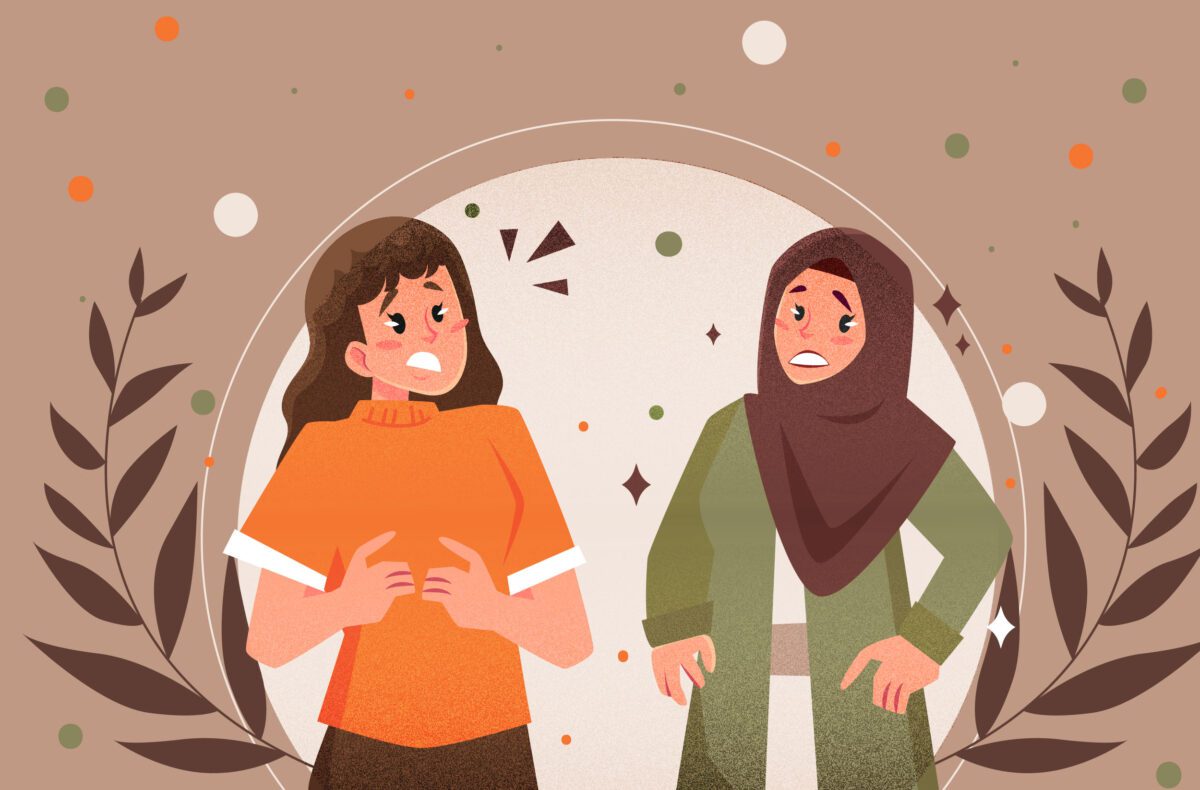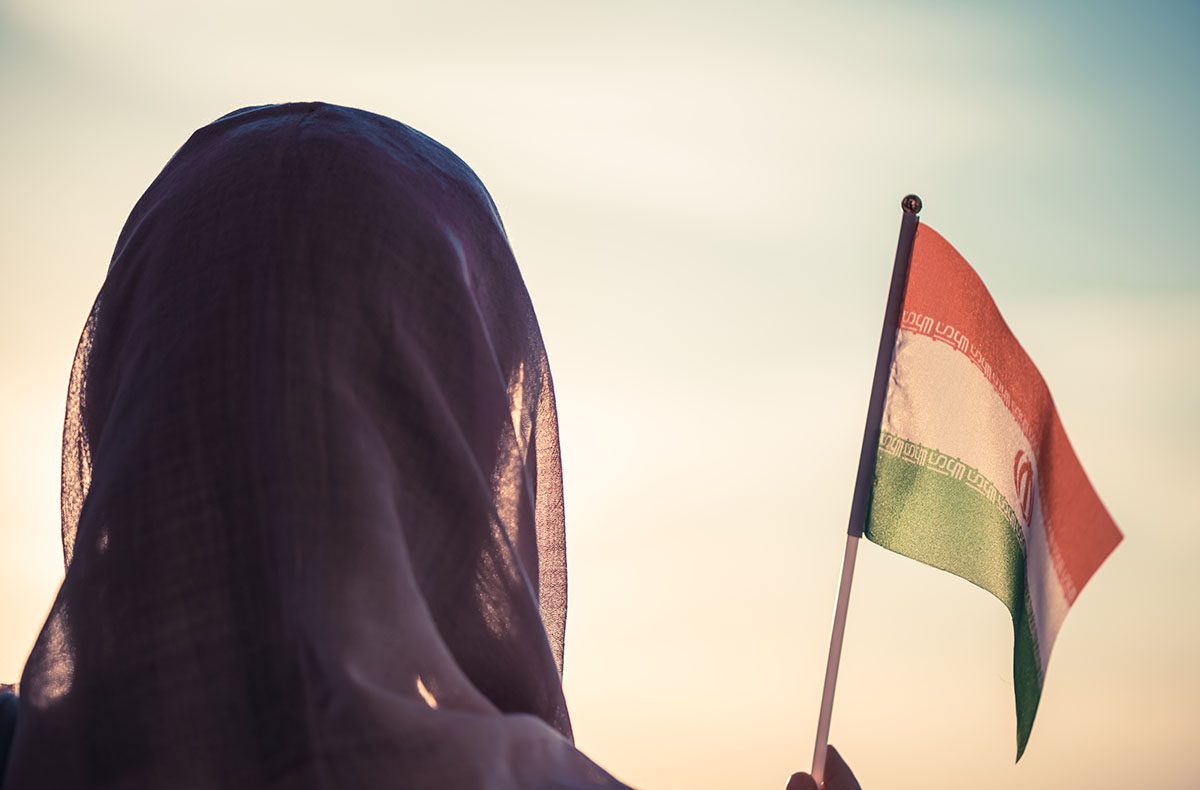
Illustration by Sarameeya Aree
A long time ago, I watched a documentary film about the Islamic Revolution in Iran in 1979. I don’t recall the name of the film but I vividly remember a sequence where a woman being interviewed expressed deep disappointment and frustration.
“They let us all down,” she said in a distressed tone. “They let us women down. Nobody came to help us.”
This was a feminist activist who spoke out about the Iranian left, which she said had failed women’s groups. This powerful moment highlighted the struggles faced by women at the time and the lack of support they received from certain political groups that claimed to fight on their behalf and in the name of justice.
When I asked my mother, who lived in Iran during the Islamic Revolution, if she was disappointed with the left-wing groups in the country, she replied with a simple yet powerful answer. “Yes,” she said. “They told us that, as women, we were not allowed to turn our backs on the revolution. The left hated America and therefore said we should all back the Islamists. But in the end, we were basically fooled.”
Her response revealed the complex political climate of that time and the way in which certain groups manipulated and used women’s involvement in the revolution for their own gain.
Women who lived through the Islamic Revolution in Iran have told me that if women’s rights were not an issue they cared about before the revolution, they became a pressing concern in the aftermath. The initial measures taken after the revolution focused on women’s issues. Iran’s Supreme Leader Ayatollah Khomeini returned from exile in February 1979 and introduced the compulsory hijab (chador) law in March. The day after the announcement of the restrictive dress code, thousands of women protested by taking to the streets of Tehran.
The roots of the Iranian women’s movement can be traced back to the Qajar Dynasty in the 18th century. In the 1930s, Reza Shah Pahlavi, father of Iran’s last Shah, Mohammad Reza Pahlavi, banned the chador and ordered police to remove them by force. However, there was a period in Iran when women were allowed to dress and live as they pleased, and they could choose whether or not to cover their hair. During the Pahlavi era, women were given the opportunity to take their place in society.
They were afforded the chance to receive an education, higher wages, had the right to vote and even held seats in parliament.
The Shah instituted the Family Protection Law in 1967, which gave women legal tools to take control of their lives. Women were granted the right to divorce, the legal age of marriage was raised to 18 and child marriage was banned. The Shah also changed custody laws in favor of women.
Although the Pahlavi era had negative aspects, it brought about positive changes for women. Under the Islamic Republic, many of the Shah’s reforms were reversed, setting back women’s rights and restricting their freedoms. For instance, the minimum age of marriage for girls was lowered to nine years old. Though Parliament raised the age to 13 in 2002, subsequent efforts to raise it further have been blocked by the judiciary.
Iranian law discriminates against women in various ways. A man can unilaterally declare a divorce verbally but a woman must go to court and obtain a judge’s order. If a woman divorces or remarries, she loses custody of her children, even if her husband has died.
Married women are not allowed to obtain a passport or travel abroad without their husband’s permission and husbands can prevent their wives from taking certain jobs they deem inappropriate if the men think they go against “family values.” Widows only inherit an eighth of their husband’s property, while a widower inherits all of his wife’s possessions. Sons inherit twice as much as daughters, perpetuating gender inequality.
Intellectual women were among the main participants in 1979 and many believe that the women who had been betrayed by leftist groups went on to embrace the compulsory hijab. However, the struggle against the compulsory hijab and for women’s fundamental rights and freedoms has persisted for more than four decades, led primarily by the same women who sought to overthrow the Shah.
As a child, I recall sitting in the car and witnessing the morality police violently beating and dragging women to the ground. I would often glance through the rearview window, filled with anxiety and fear, to check if the Basij were tailing us. The punishment for a “bad hijab”—where hair was visible under the compulsory headscarf—was flogging and imprisonment.
The Islamic Revolution represents one of the most significant failures in history, resulting in the loss of 50 years of progress. Subsequent generations of women have had to live under the oppression of Islamists. The grandchildren of the generation that supported the Islamic Revolution have learned precisely what to revive.

